Scenic spots
-
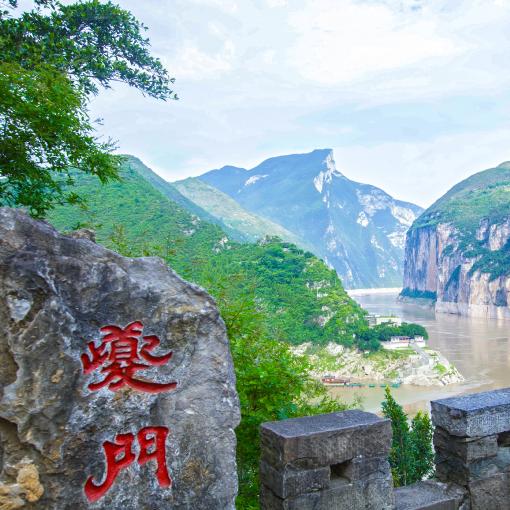
-
Kuimen observation platform
It is the best place to appreciate Kuimen. The two mountains of Chi Jia and Bai Yan face each other across the river, locking the whole river very narrow, like a door. Since Fengjie was called Kuizhou in ancient times, this gate was called Kuimen Gate. On the left side of the platform stands a stone tablet engraved with Kuimen. Kuimen is not only the symbol of the Three Gorges, but also the design on the back of the 10 yuan is one of the important geographical symbols of Chongqing.
-

-
Gate of the White Emperor Temple
The gate of the White Emperor Temple is the landmark building of the White Emperor City. Built in the Qing Dynasty, it is elegant and ornately carved with dragons and painted with phoenix. In the center of the gate, the words "White Emperor Temple" were inscribed by Liu Meng, a famous contemporary calligrapher, in 1957, and have now been included in the "Chinese Famous Tablet".
-
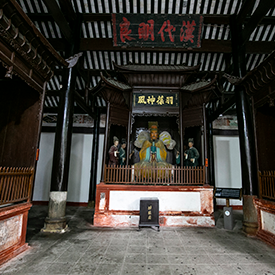
-
MingLiang temple
Located on the central axis of the whole Baidi Temple, is the main hall of Baidi Temple, with a construction area of more than 200 square meters. In the eighth year of the Ming Dynasty (1513 AD), Lin Jun, governor of Sichuan Province, destroyed Gongsun Shu's statue and changed the worship of Ma Yuan, the God of Earth and the God of Jiang. The Temple of the White Emperor was changed to the Temple of Three Merits. In the twelfth year of Jiajing in the Ming Dynasty (1533 AD), Zhu Tingli, governor of the state, and Zhang Jian, deputy envoy to the imperial office, changed the worship of Liu Bei and Zhuge Liang, and changed the "Three Gong Temple" to the "Yizheng Temple". In the 36th year of Jiajing in the Ming Dynasty (1557 AD), Governor Duan Jin added the images of Guan Yu and Zhang Fei to the temple, and changed the Yizheng Temple into the Mingliang Temple, which has been continued to this day. Mingliang hall is hanging above the "Han Dynasty Mingliang" plaque, is now included in the "Chinese plaque".
-
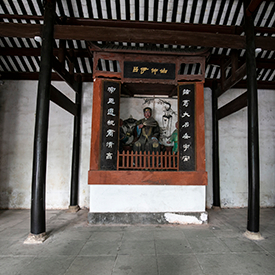
-
Temple of marquis
Zhuge Liang was once honored as "Marquis of Wuxiang" by Liu Bei, and was posthumously honored as "Marquis of Loyalty" by Liu Chan, the ruler of Shu Han. Therefore, in history, all the shrines in memory of Zhuge Liang are called "Marquis of Wuhou". The Wuhou Temple in the Baidi Temple is probably the smallest one in China, with an area of only over 60 square meters. There are statues of three generations of Zhuge Liang, his son Zhuge Chan and his grandson Zhuge Shang.
-
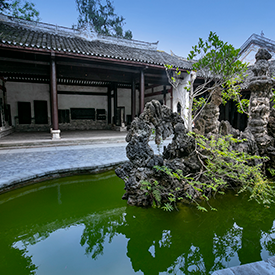
-
West the forest of steles
West Forest of Steles displays 20 inscriptions, with the most famous three inscriptions: Inscriptions under the stupa of Jinlun Temple in the Sui Dynasty, Inscriptions on the Temple of Dacheng in the Yuan Dynasty, and Warm Clothing, Sweet Roots and Long Taste of Poetry and Books.
-
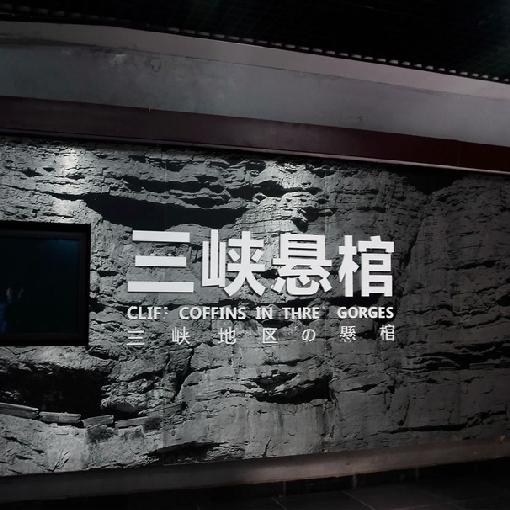
-
Hanging coffin showroom
Hanging coffin, as the name suggests, is the burial of a dead man's coffin in a crevasse of a cliff less traveled by people. Hanging coffins in China are mainly distributed in Gongxian County in southern Sichuan, Wuyi Mountain in Fujian and Jiangxi, Longhu Mountain in Jiangxi and the Three Gorges of the Yangtze River. Hanging coffins in Fengjie are distributed along the Yangtze River and in the area of Tiankeng ground cracks. They were buried from the late Warring States Period to the early Western Han Dynasty, with a history of more than two thousand years.
-
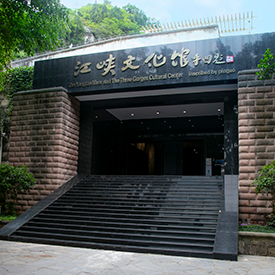
-
Jiangxia Cultural Center
The Three Gorges of the Yangtze River is known as the "canyon of history". If the Three Gorges is the landmark of the beautiful Yangtze River, Kuimen is the most famous landmark of the Three Gorges. Natural strength and human miracle are all reflected in the Jiangxia culture here. The name of Jiangxia Cultural Center is inscribed by the famous writer Jia Pingwa. The museum contains Kuimen Ancient Elephant Hall, Ring Screen Film Hall, 3 exhibition halls of the Old Guan Temple Cultural Relics Hall and the Old Guan Temple, a total of 4 parts.
-

-
Watch a pavilion
The pavilion has a total of two floors, with six corners and 12 pillars. The upper six wooden pillars represent the four directions of heaven, earth, southeast, northwest, and the lower twelve wooden pillars represent the twelve months of a year. There is an ancient bell hanging high on the pavilion. The stone table and stone pier in the pavilion are inscribed with the famous poem "Eight Qiuxing" by Du Fu. The couplet reads, "The endless trees fall down and the endless Yangtze River rolls down." "Ascending a High", which Du Fu wrote while living in Kuizhou, was selected. Legend has it that when Zhuge Liang led his troops into Sichuan, he used to watch the stars in this night and think about the tactics and strategies of military use, hence the name "Star Viewing Pavilion".





